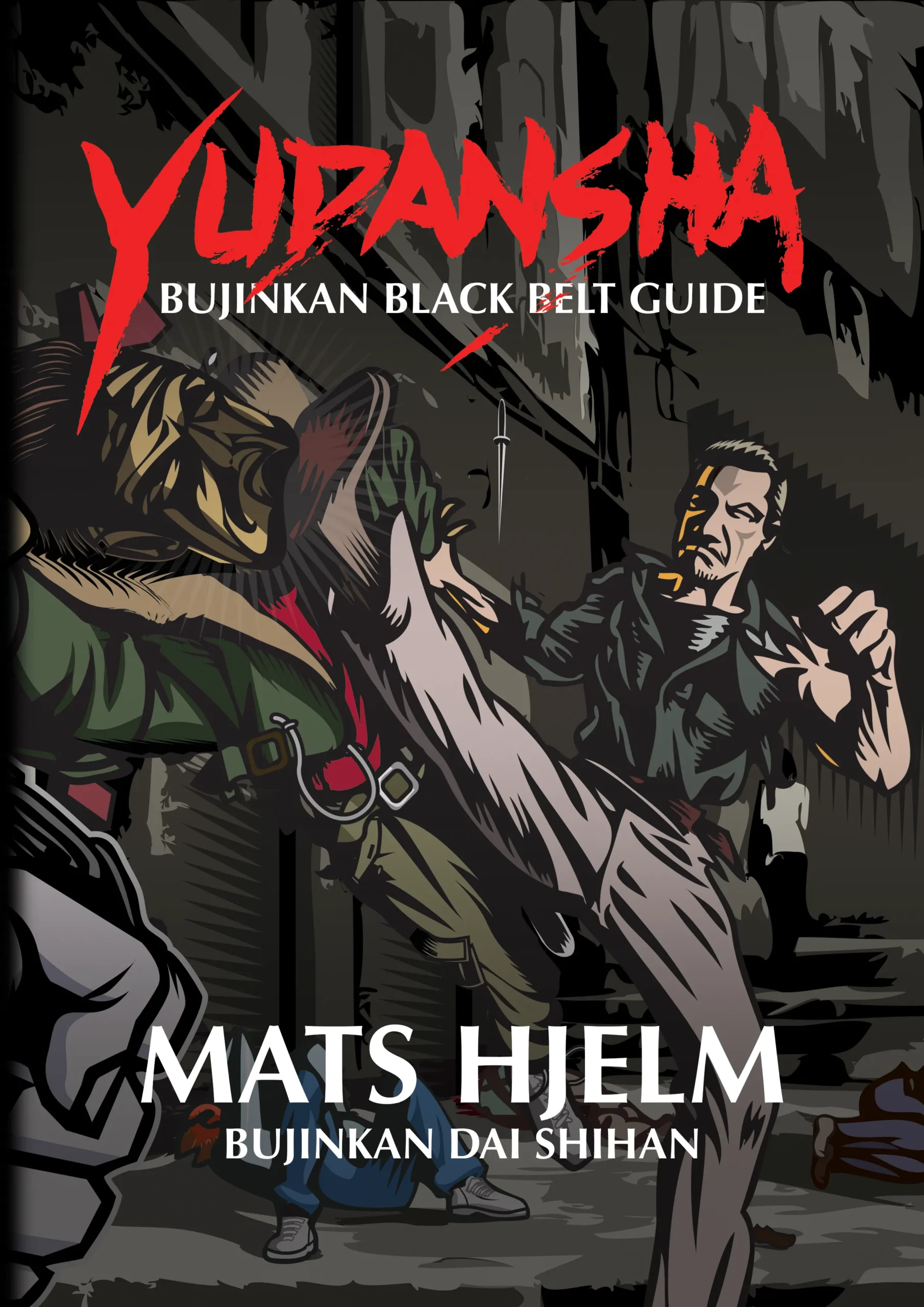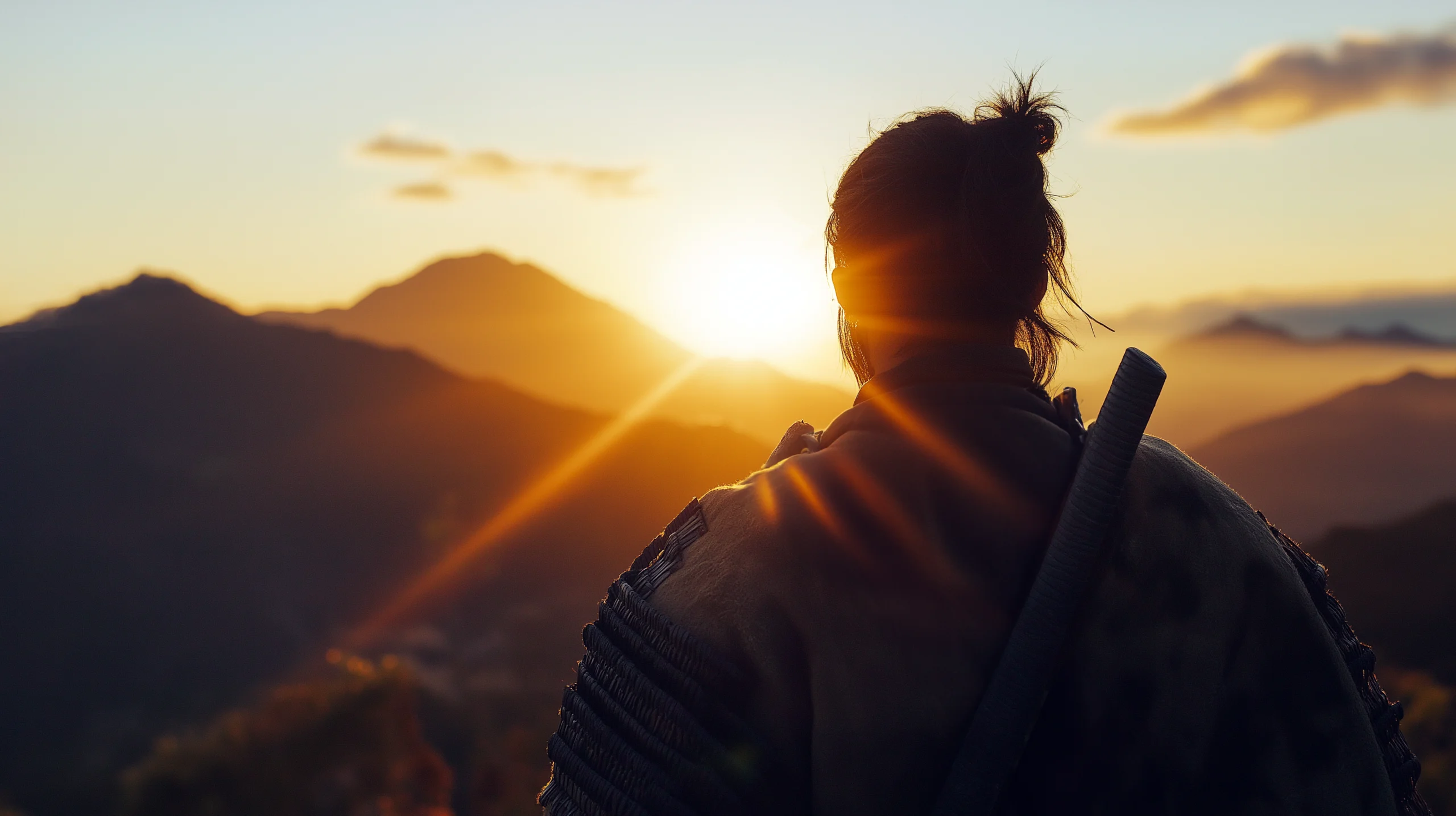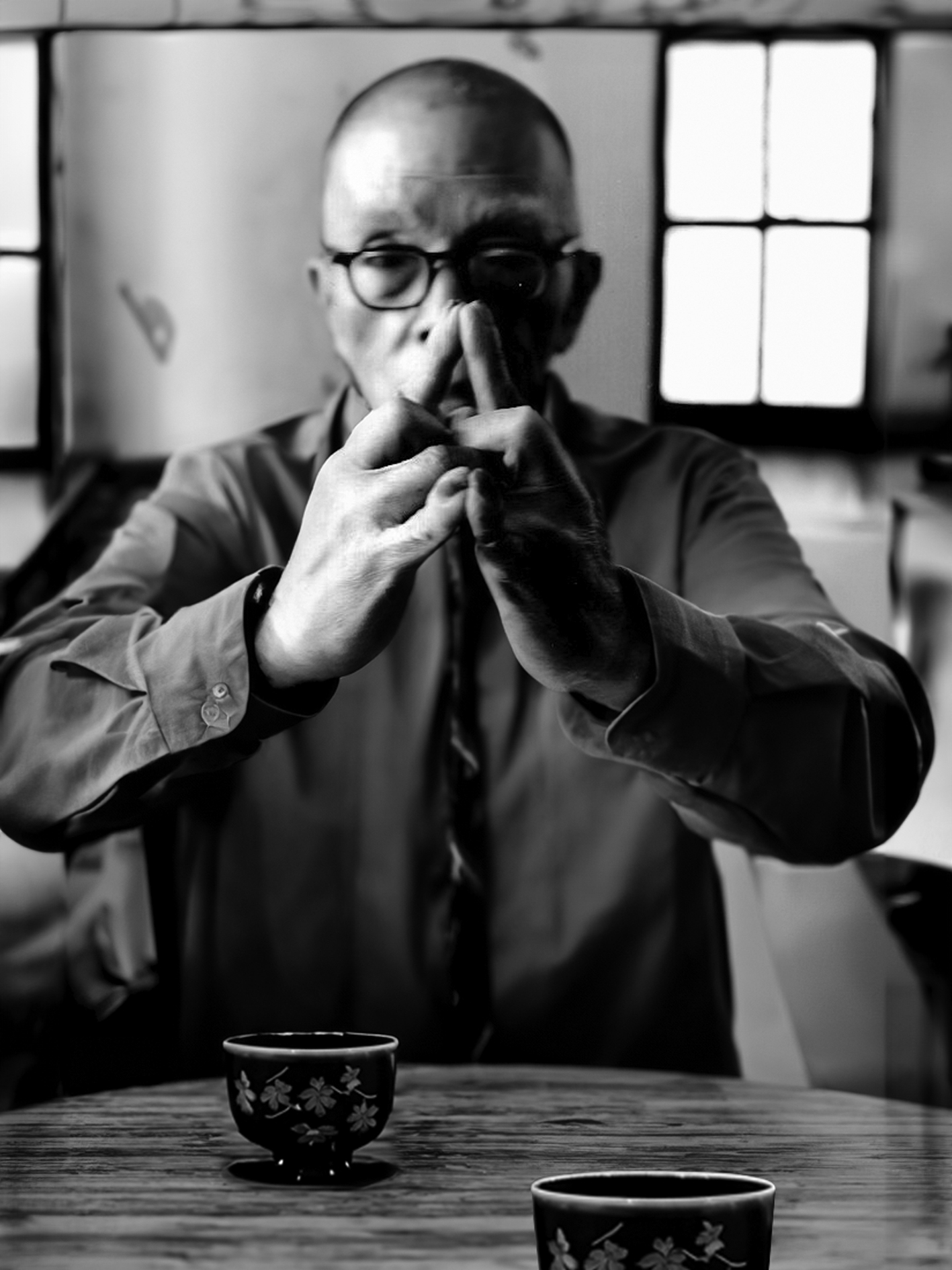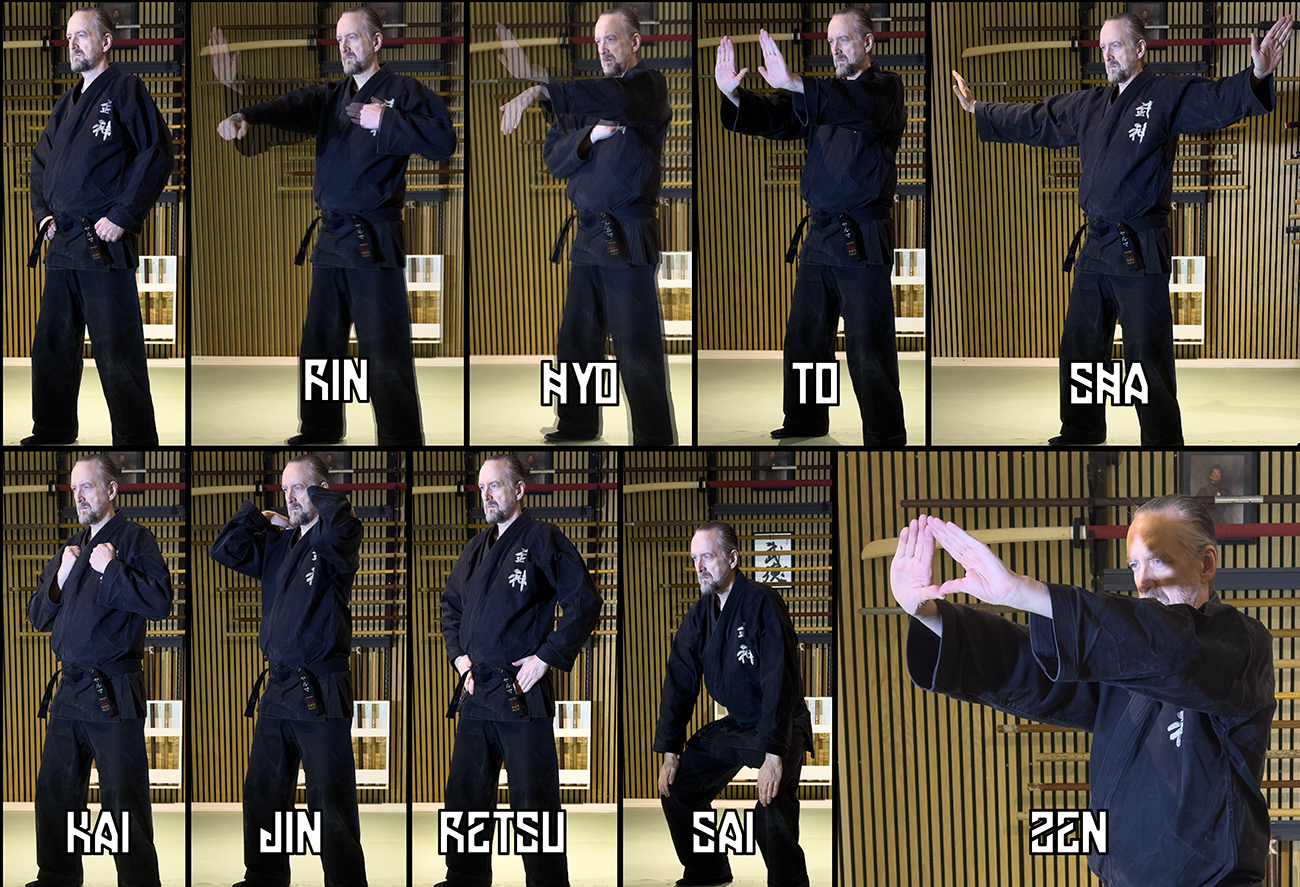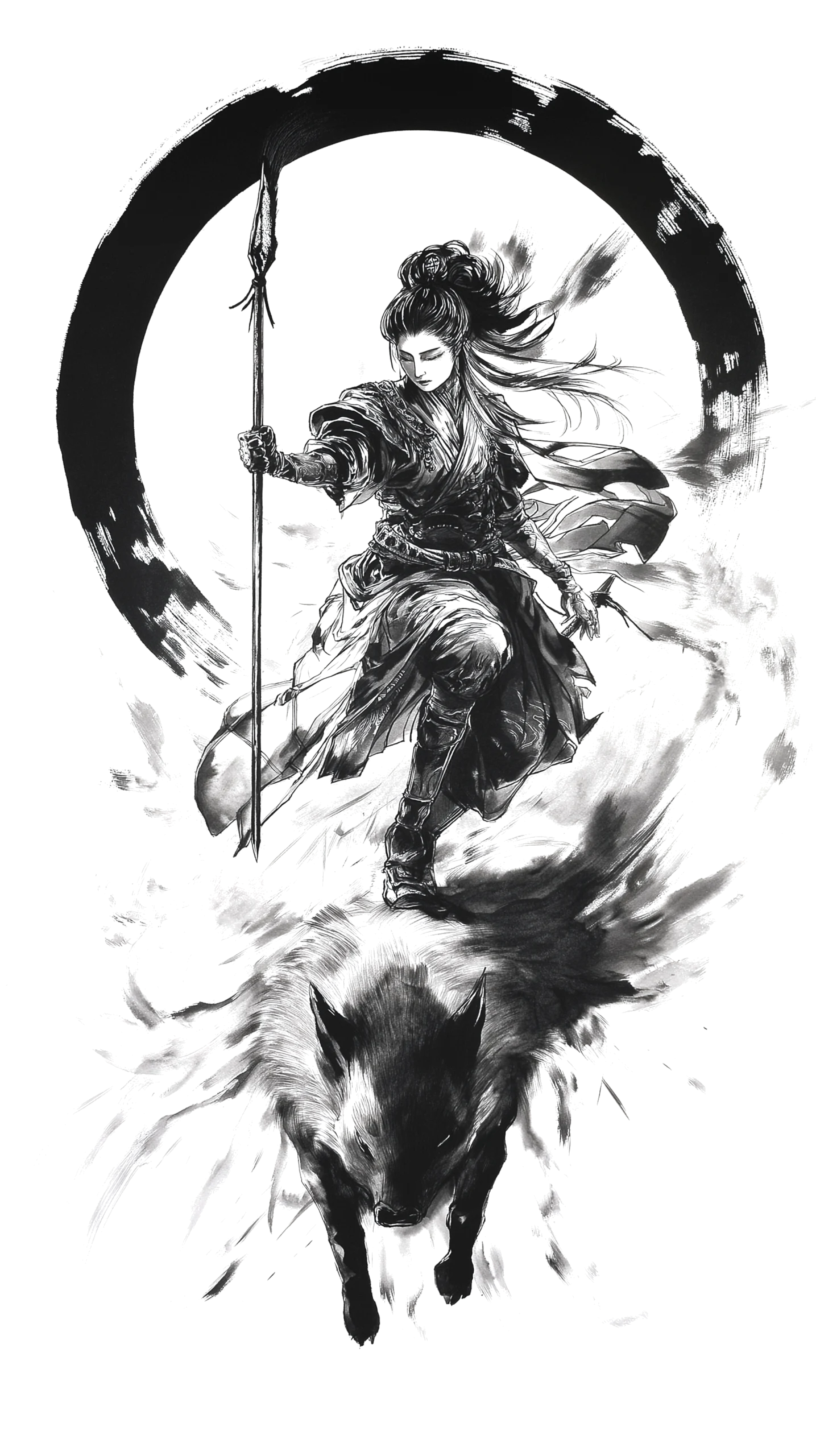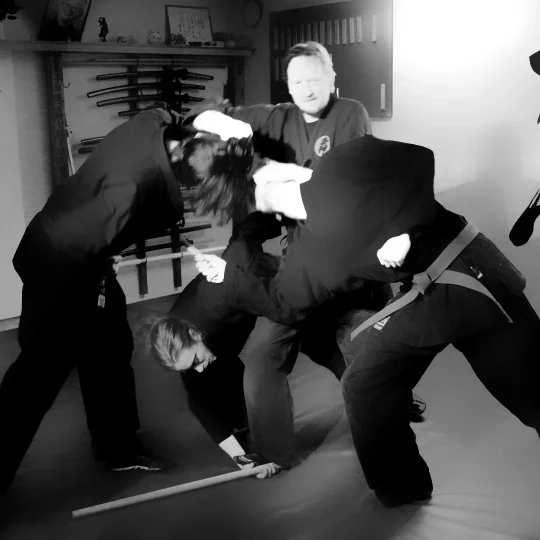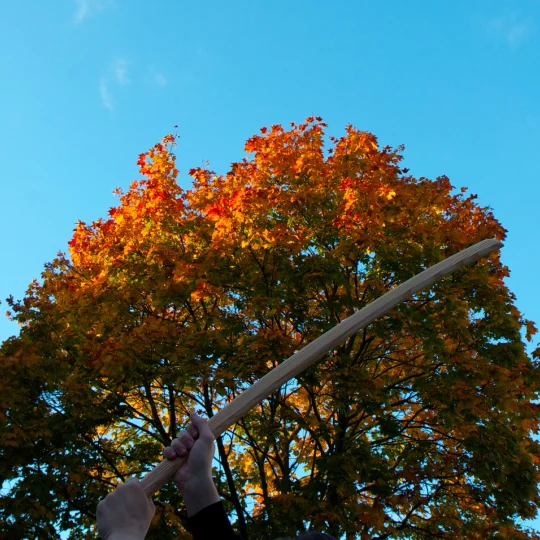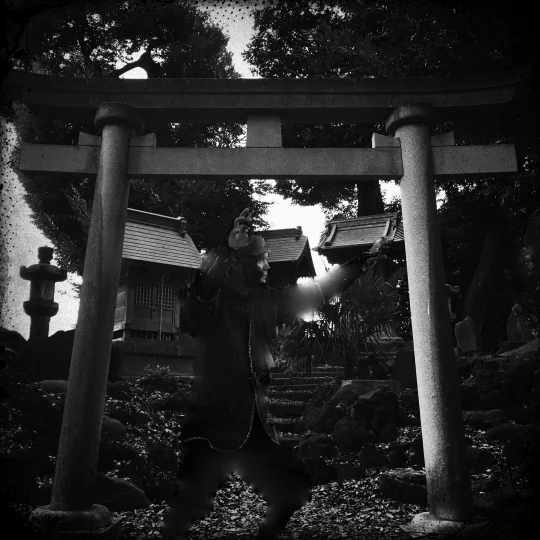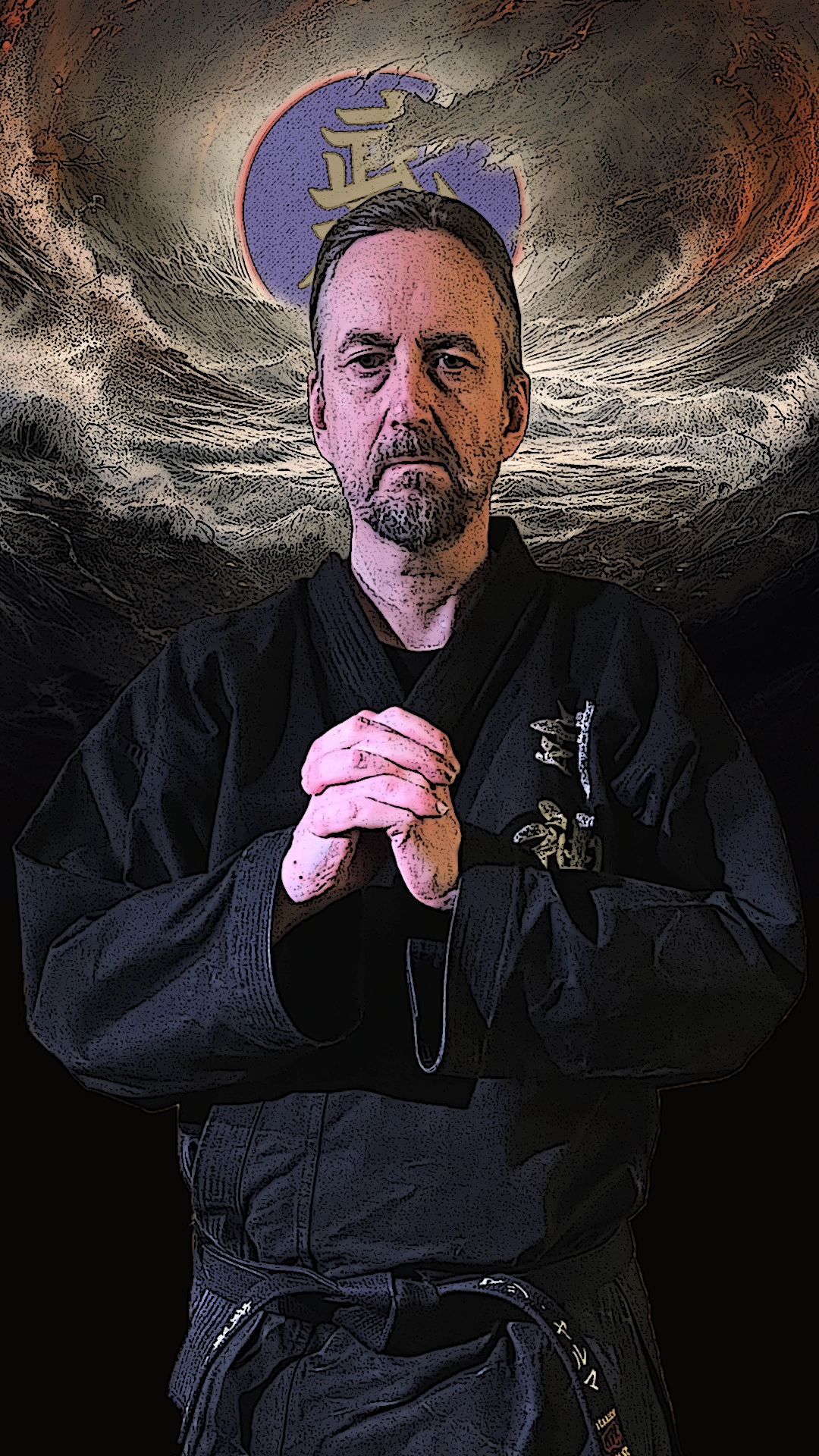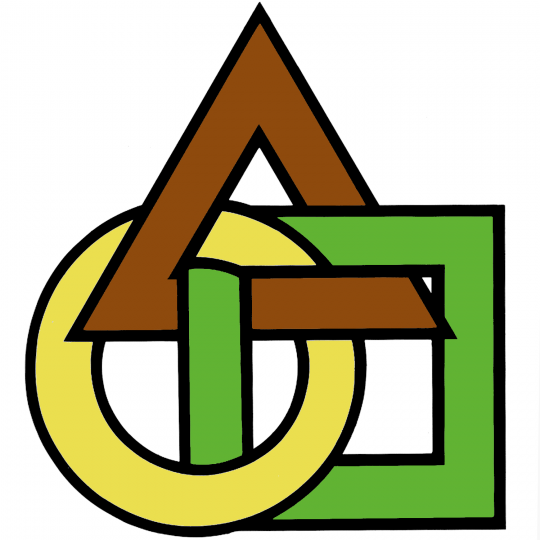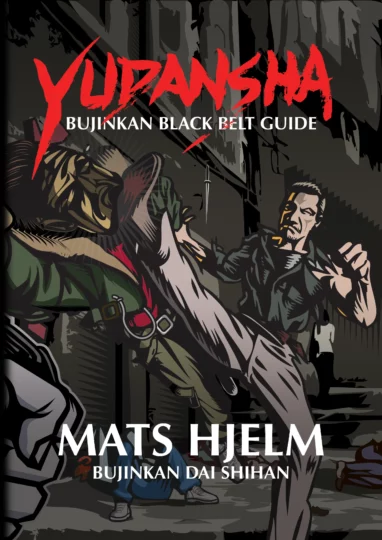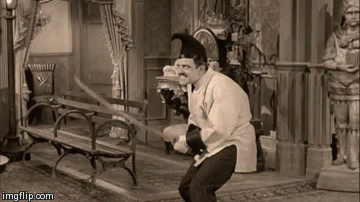Bujinkan Ranks: The Circular Path of Mastery Through Three Triads
From 武神館兜龍 Bujinkan Toryu by Toryu
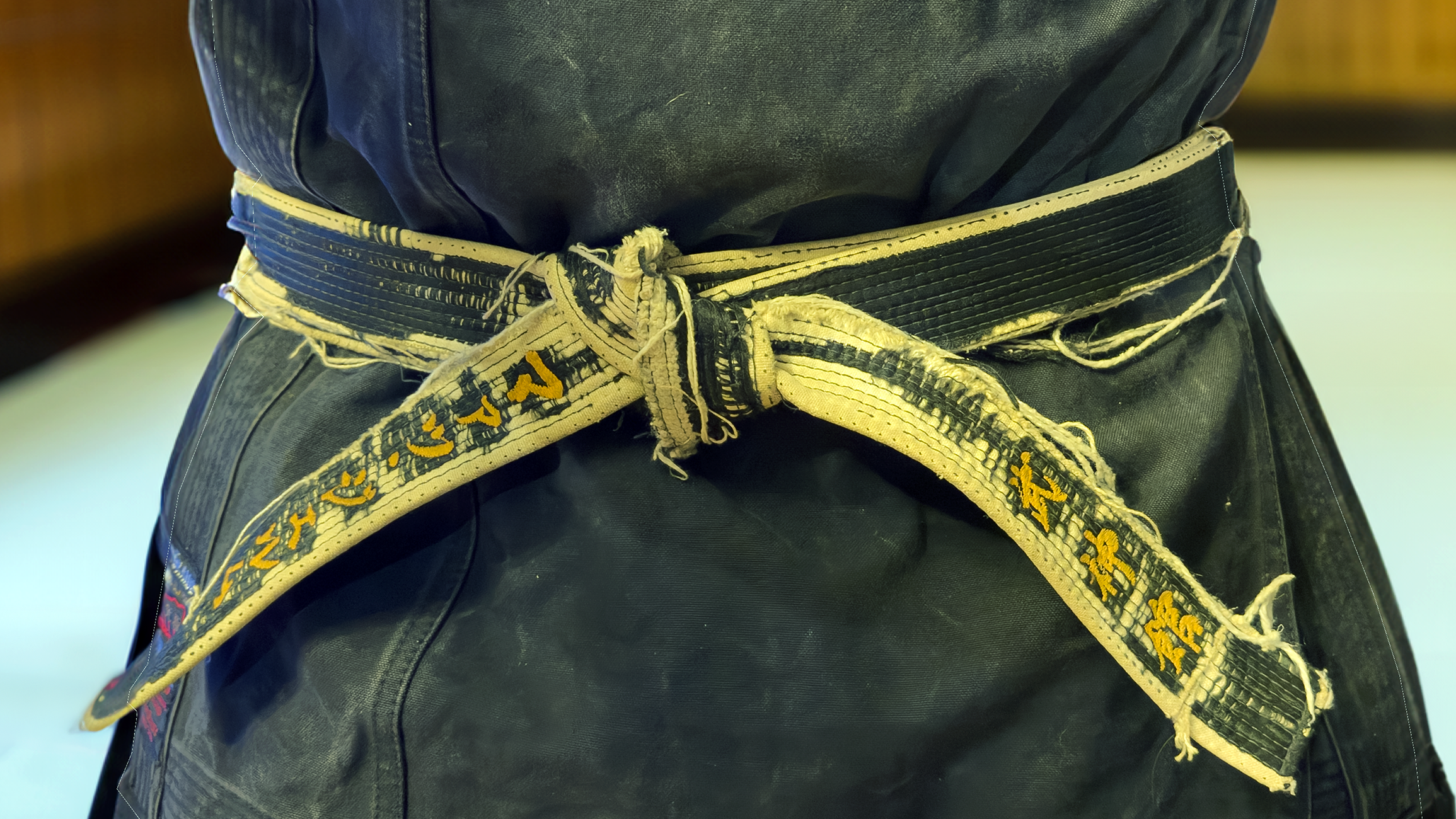
Bujinkan ranks shape more than just skill for me as a practitioner. They reflect a profound evolution, echoing the ninja’s circular wisdom of body, mind, and spirit. In our dojo, we distill this into three triads: 天地人 Ten-Chi-Jin, 守破離 Shu-Ha-Ri, and a mysterious third I call 禅空無 Zen-Ku-Mu. Together, these nine stages form a circle, with the final triad as zero—the ultimate enlightenment. Here’s how I see this progression shaping our ranks, starting anew at each milestone.
天地人 Ten-Chi-Jin: The Foundation of Movement, Technique, and Flow
The first triad, 天地人 Ten-Chi-Jin (Heaven-Earth-Man). Builds the ninja’s foundation from 9th Kyū to 5th Dan, culminating at the 師導士 Shidōshi (teacher) level.
天 Ten (Heaven) – Movement (9th Kyū to 1st Dan)
We begin with movement—learning to shift, roll, respond. It’s fluid, like the sky’s rhythm. These beginner *Bujinkan ranks* from 9th Kyū to 1st Dan should hone awareness and flow. A natural base to launch into Chi upon earning 1st Dan.
地 Chi (Earth) – Techniques (1st Dan to 4th Dan)
Once 1st Dan is received, we ground ourselves in techniques—strikes, locks, throws. Understanding the knack of why they work, like earth’s stability. From 1st to 4th Dan, these ranks should sharpen precision and adaptability, preparing us for Jin.
人 Jin (Man) – Integration (4th Dan to 5th Dan)
At 4th Dan, we dive into 人 Jin, blending movement and technique via the Jin Ryaku no Maki. An introduction to the 9 Ryūha’s selected *Waza*. It’s about grasping the flow, intuiting harmony. By 5th Dan, 士道師 Shidōshi embody this seamless unity.
天地人 Ten-Chi-Jin cycles from raw motion to refined flow, a loop we master as teachers.
守破離 Shu-Ha-Ri: The Evolution of Mastery
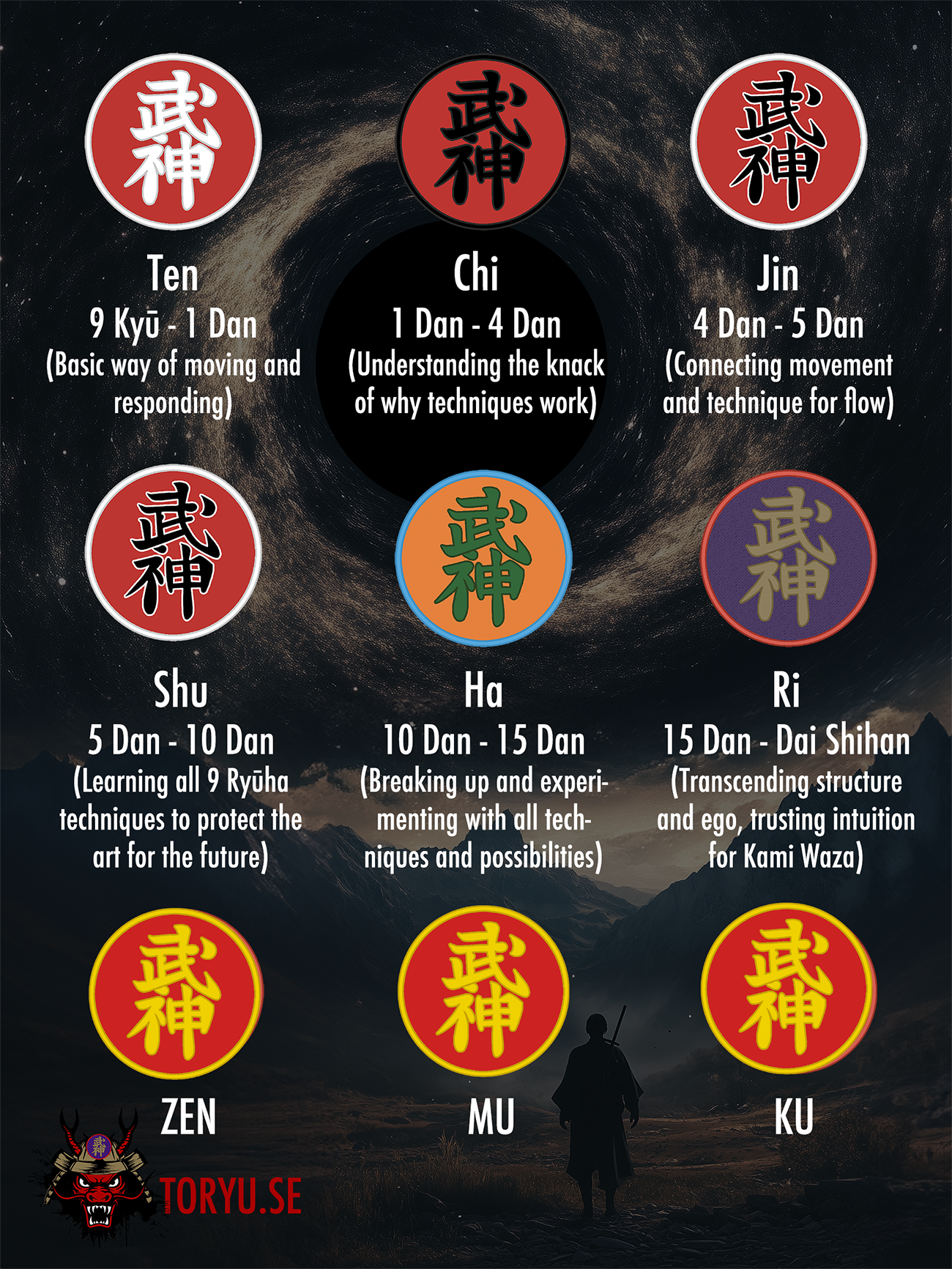
From 5th Dan to 大師範 Dai Shihan, 守破離 Shu-Ha-Ri (Protect-Break-Leave) spirals us through mastery, each stage igniting at a new rank.
守 Shu (Protect) – 5th Dan to 10th Dan
With 5th Dan earned, we enter 守 Shu, learning all 9 Ryūha techniques. Taijutsu, weapons like swords and staffs—exactly as intended to protect the art’s future. These ranks from 5th to 10th Dan test depth and fidelity, preserving our ninja legacy.
破 Ha (Break Up) – 10th Dan to 15th Dan
At 10th Dan, 破 Ha unlocks freedom—breaking and experimenting with all techniques to forge endless connections and possibilities. I’d love these ranks to showcase creativity, adapting Waza like a ninja’s cunning through to 15th Dan.
離 Ri (Leave) – 15th Dan to Dai Shihan
Reaching 15th Dan, 離 Ri transcends structure and ego. 大師範 Dai Shihan trust intuition for Kami Waza. Divine techniques—acting perfectly in the moment without thought, a departure into pure essence.
守破離 Shu-Ha-Ri refines us, a spiral beyond the dojo’s walls.
禅空無 Zen-Ku-Mu: The Circle of Zero
Beyond ranks lies my third triad: 禅空無 Zen-Ku-Mu (Absolute-Space-Void). Unbound by ranks—a circular mystery for the enlightened, where nine stages become zero.
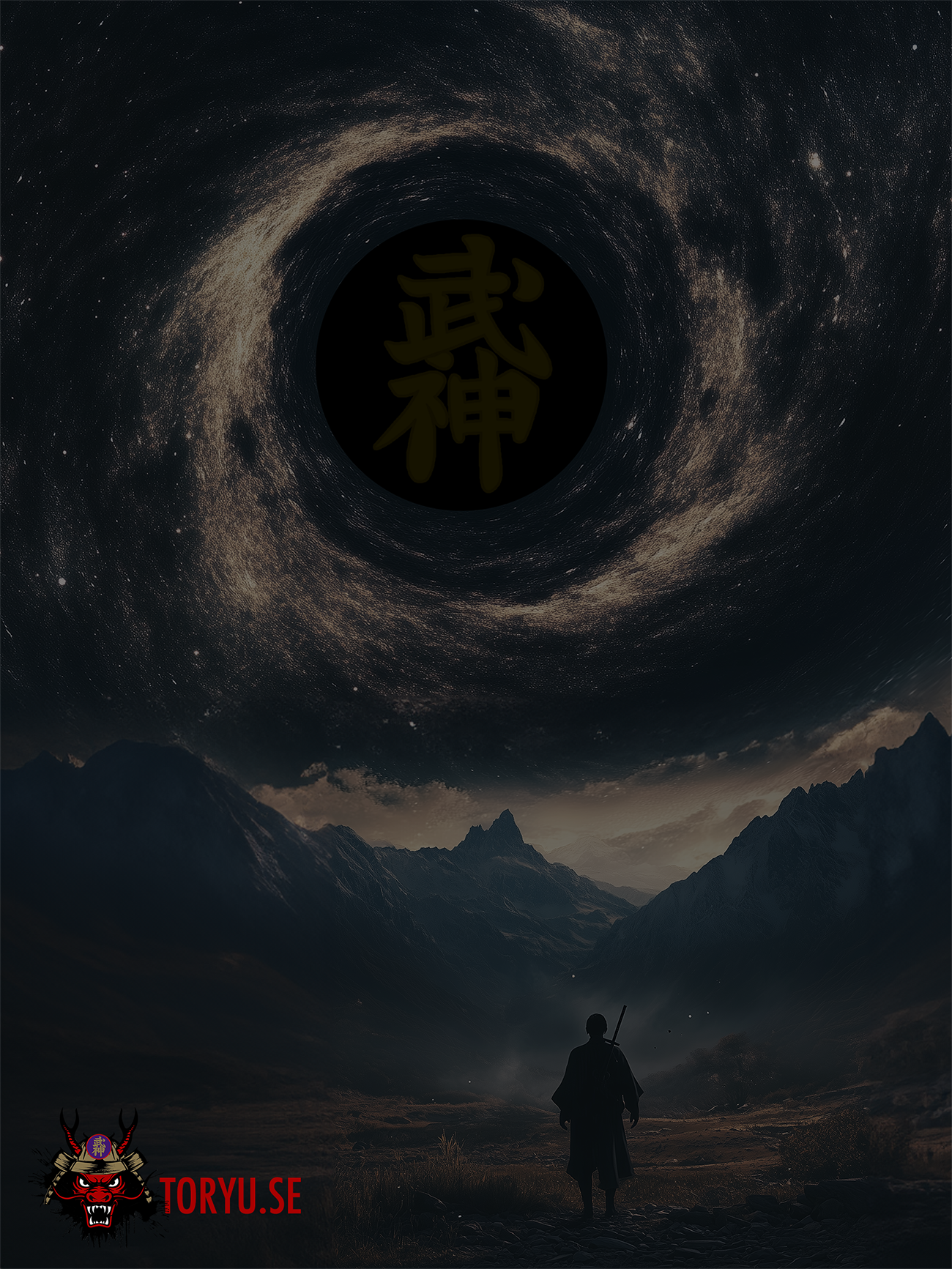
禅 Zen (Absolute)
Unity of all.
“Root and sky entwine,
Nothing holds the endless now,
Circle turns to none.”
空 Ku (Space)
Boundless possibility.
“Wind carves the silence,
Void dances in open fields,
One step, none remain.”
無 Mu (Void)
Pre-action stillness.
“Shadow cloaks the flame,
Space hums where no foot has stirred,
Zero breathes alive.”
Conclusion: Bujinkan Ranks as Nine to Zero
I see Bujinkan ranks as a circle: 天地人 Ten-Chi-Jin (three) builds the base. 守破離 Shu-Ha-Ri (three) evolves it. And 禅空無 Zen-Ku-Mu (three) completes the nine, circling to zero. Kyū flows into Dans, Dans spiral through the 9 Ryūha and beyond, and the rare master returns to nothing—a living haiku with a smirk. Where are you on this path?
Thanks to Grok 3 Beta for the help.
The post Bujinkan Ranks: The Circular Path of Mastery Through Three Triads appeared first on 武神館兜龍 Bujinkan Toryu.…
